What you need to know before buying a mattress: 12 secrets to help save money and sleep
Expert insight to avoid common mistakes almost everyone makes when choosing this expensive bedding essential
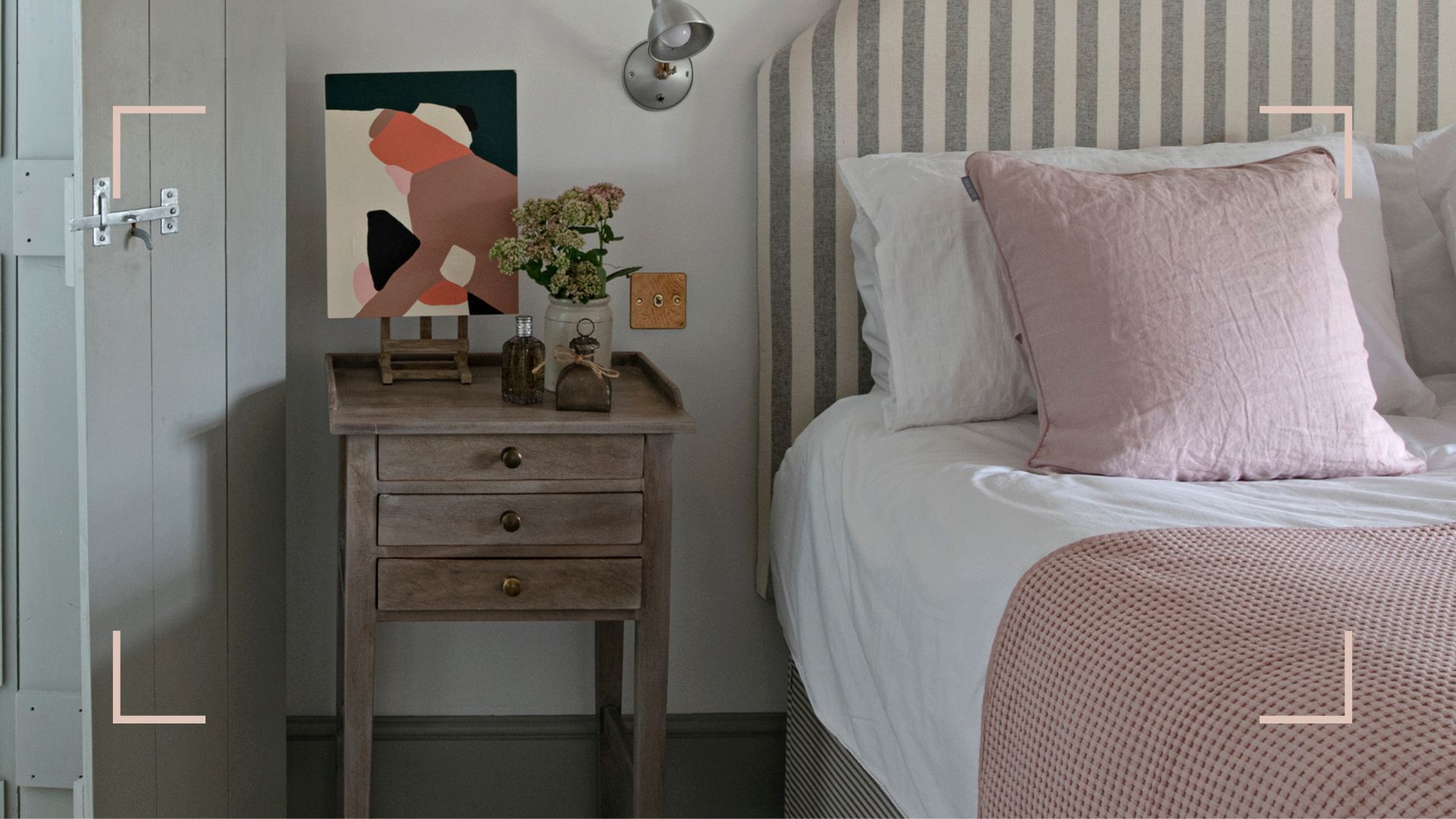

Buying a new mattress is arguably a huge investment. You'll spend an average of two days a week sleeping on this; 1/3 of your life; and a big chunk of money. We've asked sleep experts to reveal their secrets of what you need to know before buying a mattress to ensure the best possible value for money.
Like any good sleep seeker, you need to do your research. Look for the best mattresses: the ones that match your sleep style, help you sleep better and are in tune with the latest sleep health and research.
Most importantly, speak to the experts. I've pulled together the best advice, from people with decades of experience. Here's everything you need to know before buying your chosen mattress.
What you need to know before buying a mattress
How often you should change your mattress is recommended every ten years, from a hygiene and sleep health perspective. The issue is, that our bodies change over ten years, so the mattress that suited you a decade ago probably isn't the one that you want now.
It's also likely that your trusted mattress brand has changed the composition, style, and quirky name of the last model you bought. So, where do you start? Expert advice is always the best place to begin a buying journey...
What experts wish you would do before buying a mattress
Mattress manufacturers, sleep experts, and bedding technologists share twelve things that they wish you knew before buying a mattress. Their insight stems from seeing these common mistakes being made by consumers...
1. Test in person with the experts

Call me old-fashioned, but a shop can be a pretty special place, especially for a mattress. Adam Black, co-founder of Button & Sprung, says "If you're one of those people who shies away from shop assistants, take a deep breath. The world of mattresses is a complex one that's full of jargon, so you'll need a little help from the people who can understand you, translate the technical terms, and point you in the right direction."
Sign up for the woman&home newsletter
Sign up to our free daily email for the latest royal and entertainment news, interesting opinion, expert advice on styling and beauty trends, and no-nonsense guides to the health and wellness questions you want answered.
"We never expect you to make a purchase there and then. We're really just geeks that are excited to get to share some information with you."
Once an expert has suggested some mattresses to you, I can't understate how important it is to hop onto your prospective mattress to give it a trial run. Lots of people are too scared to take off their shoes and slip onto a test bed, but you really should. Don't take it as far as snoozing in the shop, I don't think the staff would appreciate the snoring, but wiggle around, and get comfy. Close your eyes, just for a second.

Adam is the Co-Founder of Button & Sprung and a self-confessed mattress geek. He's worked in the mattress industry since 2013 and is passionate about delivering sustainable, natural mattresses to every kind of sleeper.
2. Do adequate research

When I started out in my sleep research, I didn't know my simbatex from my spring counts, but now I'm pretty well versed in the different types of mattresses and how they suit different sleepers. I've pulled together a simple guide of what to look for, but it's always good to try and feel the mattress in person.
| Type | Description | Best for | Downsides |
|---|---|---|---|
| Innerspring | Traditional, fitted with a spring system and a comfort layer | Back and stomach sleepers; people who want a firm, mattress | Can transfer more motion; not quite as effective for pressure relief |
| Memory foam | Contours to the body with foam; pressure relieving; good motion isolation | Side sleepers; couples; those with joint pain | Sleeps hot; can be uncomfortable for people who want a firmer bed |
| Hybrid | Combines memory foam and coils for a balance of support and comfort | Couples, back pain, and those who want a bit of both | Can be more expensive and heavier |
| Latex | Can be natural or synthetic, bouncy, supportive | Eco-conscious sleepers who want durability | Heavy, expensive, and quite firm |
There are other categories, such as waterbeds, air mattresses, pillow-tops, gel-infused foams, futons, and organic mattresses. These are often sub-categories of the ones above. For example, an organic mattress could be made of organic, latex, cotton, or wool. If you stick to the ones in the table above, life will be a lot less confusing.
3. Not assume firmness measures are standardised

"I wish firmness was a universal measurement, but it's not," says Harry Honey, our resident Sleep Specialist. "What one brand calls 'firm' another might call 'medium'. And what someone else deems 'soft' could be 'medium firm' to you."
"That's why it's really important to get a real-life, in-person feel for your mattress because these measurements are subjective. Buying the wrong firmness will be a mistake that you'll quite literally lose sleep over."
It's good to know what you want from a mattress, but, as with our other point above, you'll want to get a sense of what the firmness is actually
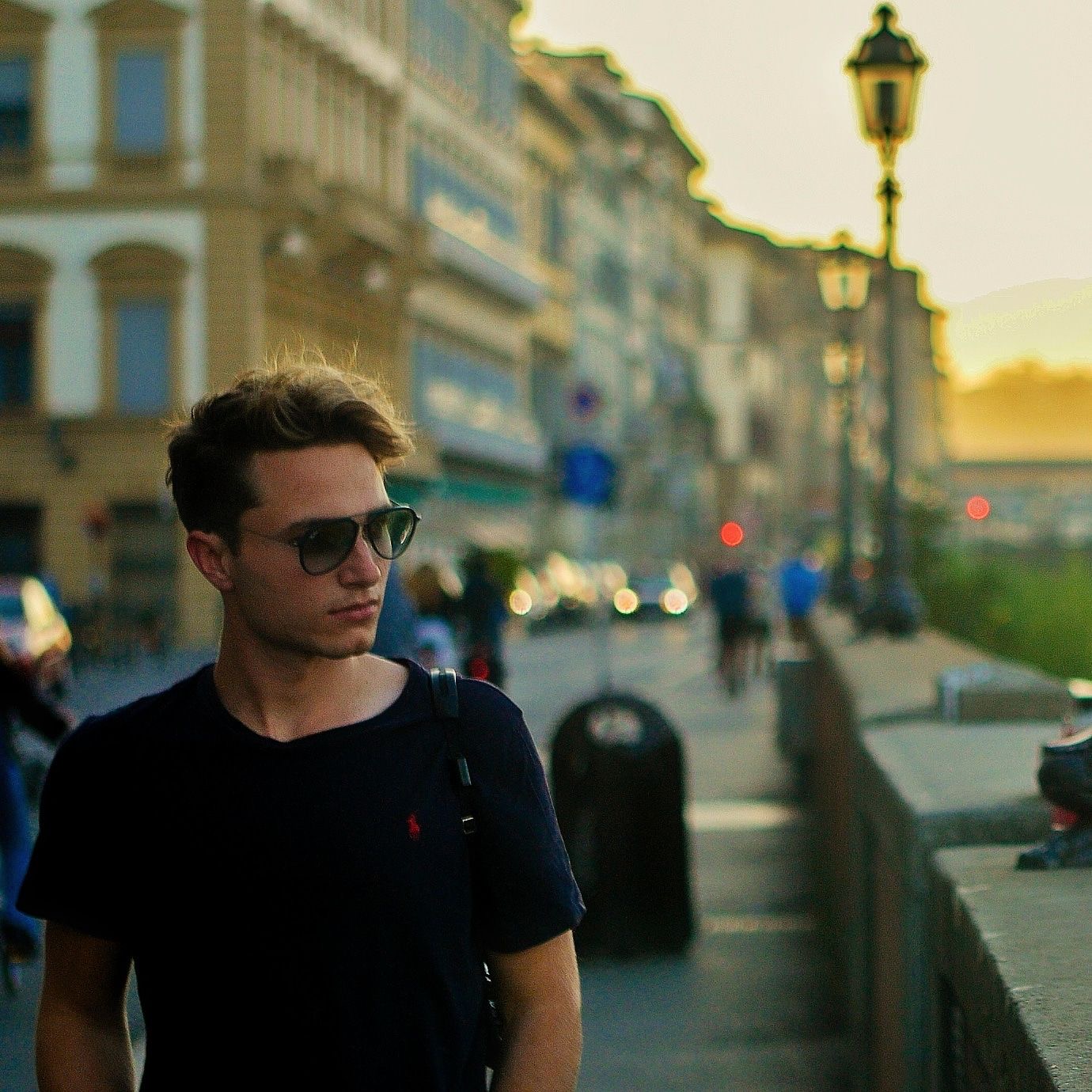
Harry is our sleep expert, who is currently testing four mattresses in his home. Alongside his reviews, Harry is a consultant for athletes, helping them to optimise their sleep, health, and lifestyle. He looks into all the latest and greatest in mattress technology and speaks with brands on a regular basis.
4. Stop thinking price and quality correlate

The mattress industry has become a confusing place. There are brands such as IKEA that offer mattresses at prices beyond competitive and then speciality providers who charge top dollar for the hotel bed experience. However, we recommend checking the Simba mattress sales to get discounts from one of the best.
Adam, from Button & Sprung, says "Lots of mattress brands are like sandwich shops. They buy all the different parts from different places and then all they do is the assembly job. This means that when you buy a mid-range mattress from a company that isn't a specialist, you'll be paying extra for something that isn't really any better than the cheap models.
"A good mattress company will take all the parts of the manufacturing upon themselves, or they'll use trusted sources. Whilst this can be expensive, it's worth investing in if you want a mattress that will be good for your sleep health."
It's important to think about the mattress that suits you too. The most expensive mattress in a range might not suit your sleep style and needs. For example, Matthew Hardcastle, Button & Sprung's other founder, doesn't sleep on their most expensive, cashmere-filled bed. He sleeps on the Southdown (the same model I have just bought). There's no need to have the extra insulation and cushioning because that doesn't suit my sleep style.
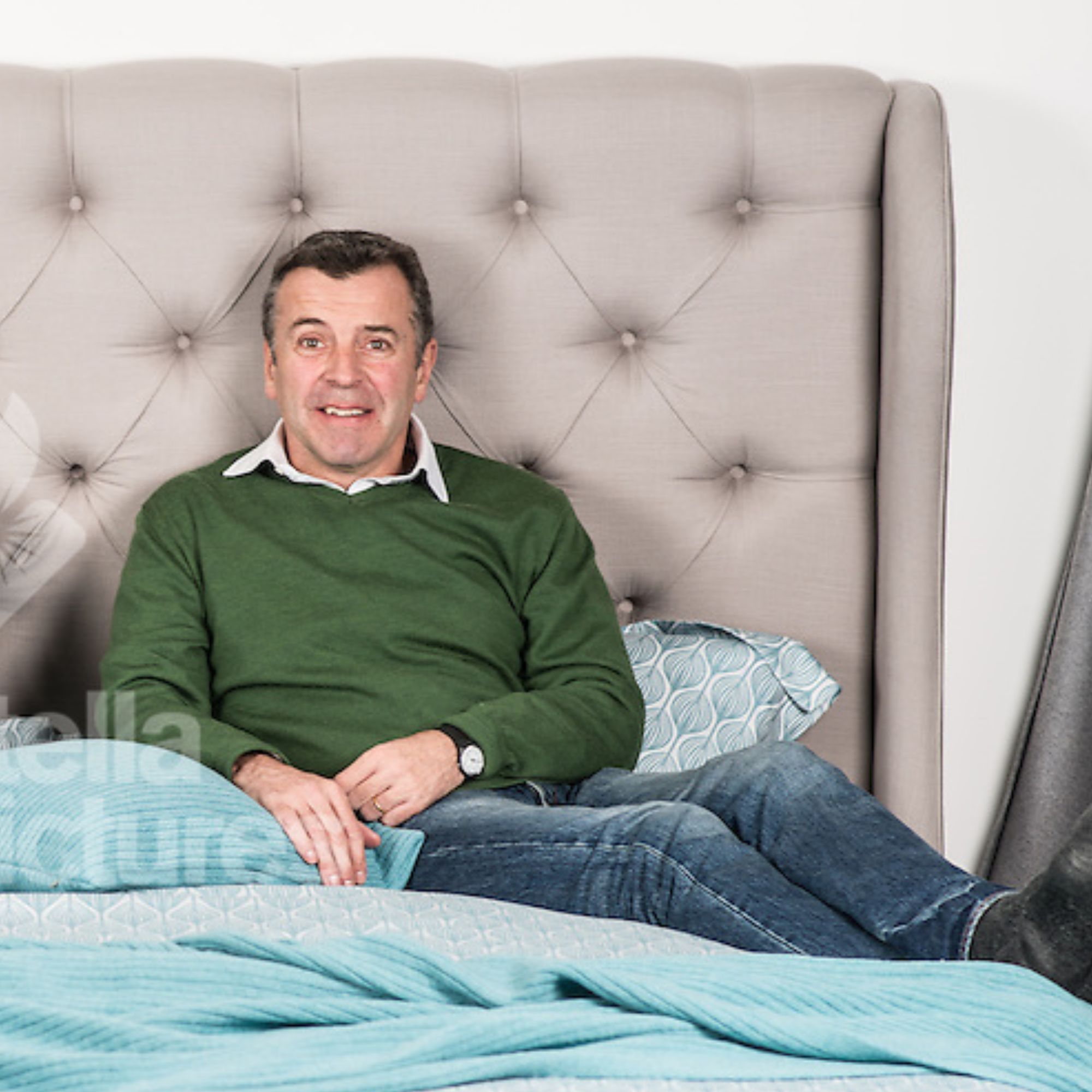
Matthew Hardcastle, formerly of eBay and Shop Direct. He has worked in the furniture industry for over ten years and has worked in retail for even longer. He's passionate about all things sleep science and sleeps on the brand's Southdown mattress.
5. Match up the bed and mattress measurements
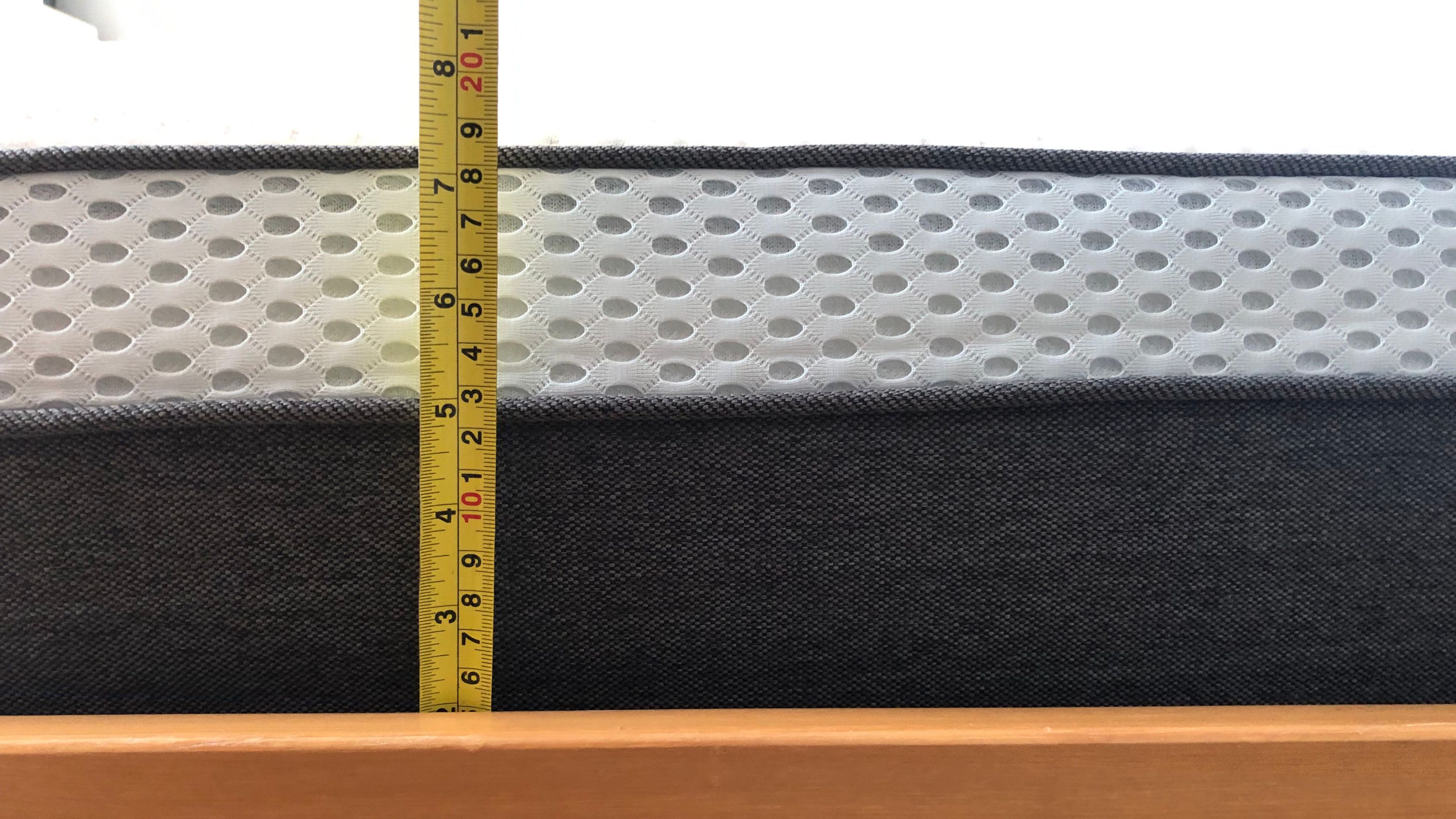
As with firmness, what size a double mattress is comes with some variation. The measurements given in a product's specifications will almost always be accurate, so get out the tape measure and check that your mattress is the perfect fit. If it's too big, the mattress will sag in the middle and lack support. If it's too small, it might shift around. Both of which are exhausting issues.
6. Not buy a 'cooling foam' mattress
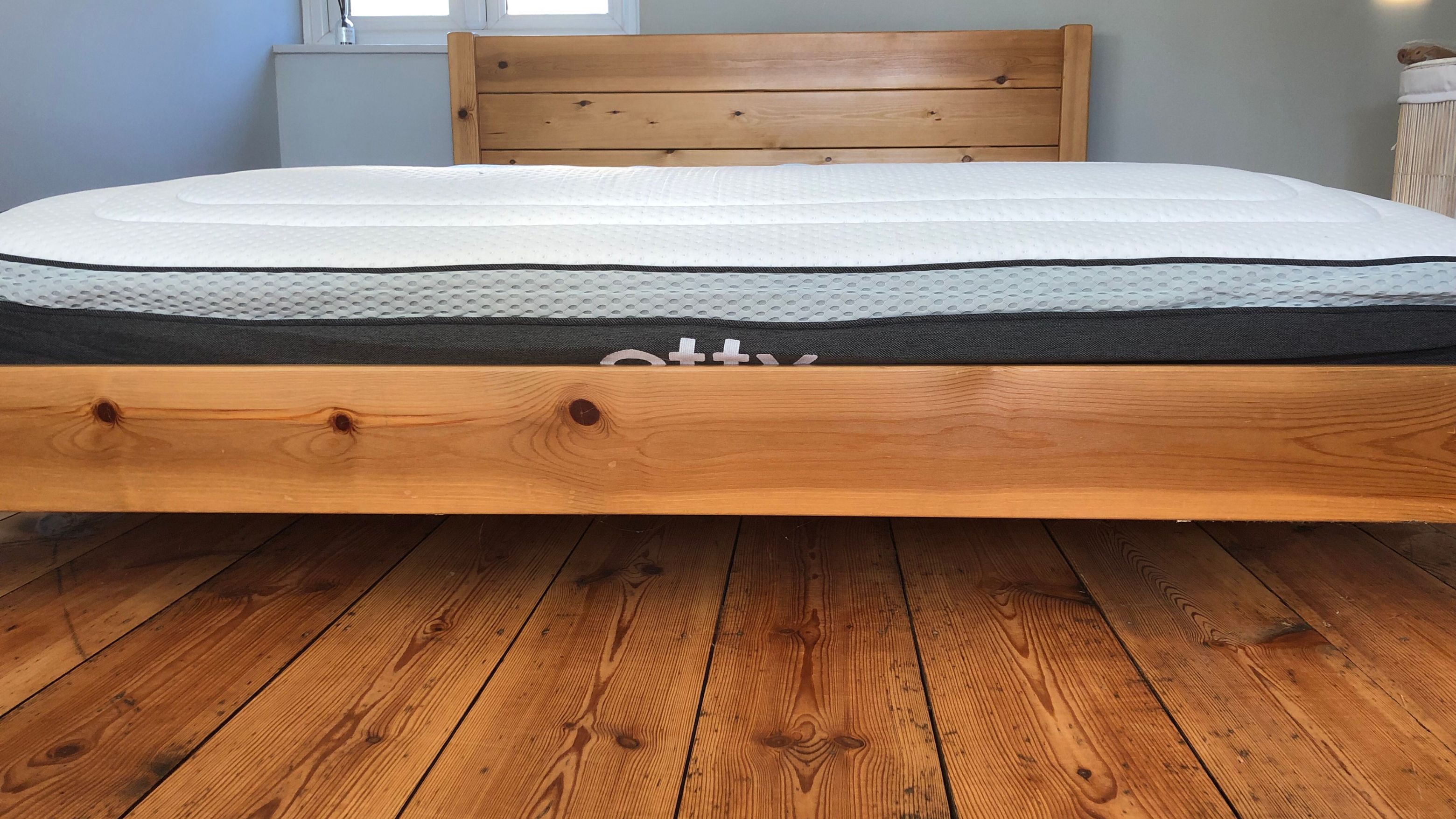
Lots of people ask 'Do cooling mattresses work?' and the answer is tricky. Whilst I don't doubt that special structures, gels, and materials will help to make a mattress more breathable, very few are actively cooling.
Take the Button & Sprung Southdown, which doesn't claim to be cooling, but is, instead breathable. This means that my night sweats that were once impossible to sleep through are just a bit of heat. Whilst I still sleep hot. I'm not sweaty. My skin still feels fresh in the morning. That's an example of a good, realistic, cooling mattress.
The only actively cooling bed technology on the market at the moment is Eight Sleep's Pod Mattress Toppers. These measure the temperature of your body and then run cool water through your bed to actively cool you down if you want a colder bed. No mattresses have this technology yet, so don't expect that instantly cool rush.
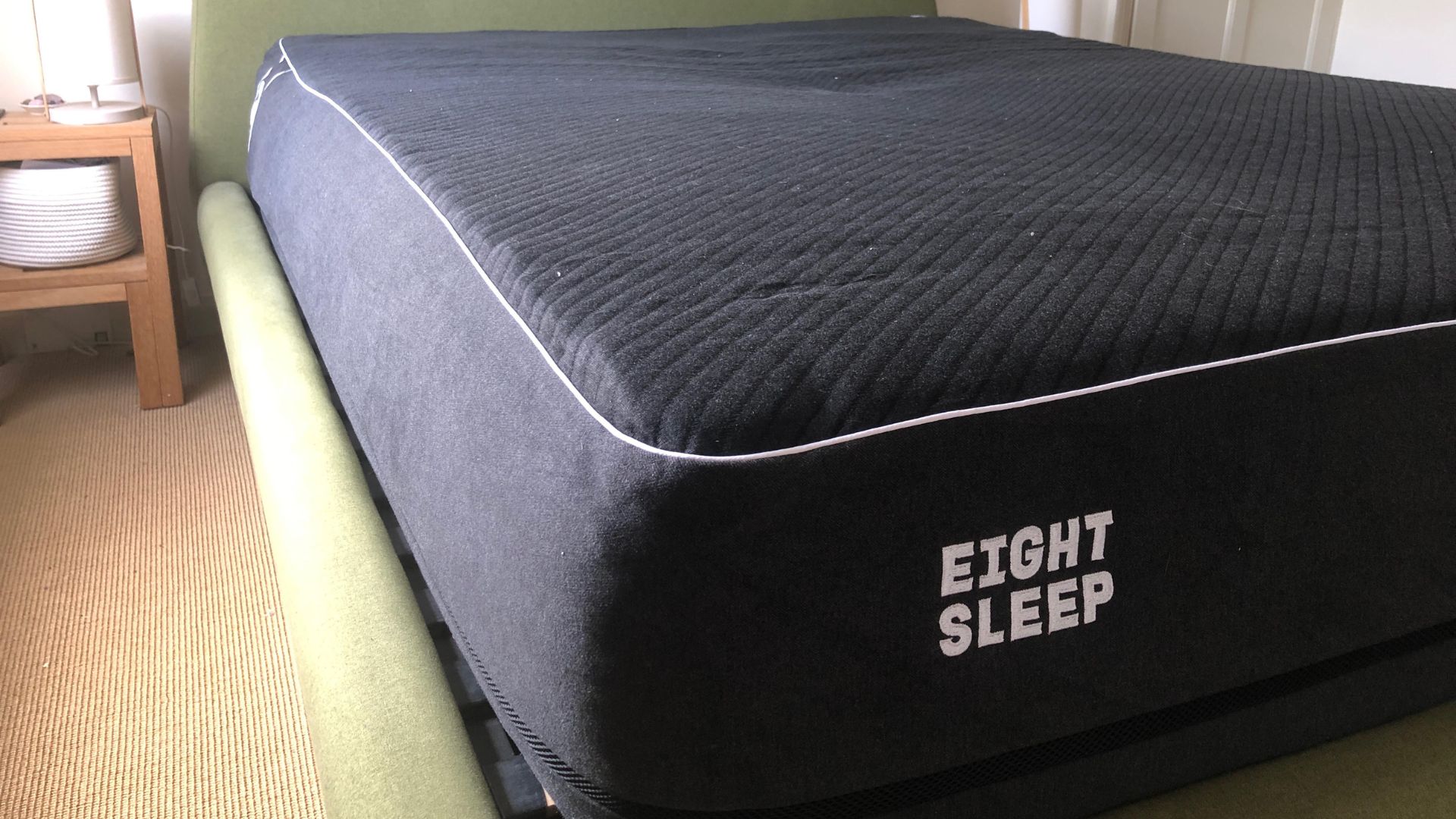
The single biggest cooling mattress mistake you can make is buying a cooling mattress. Adam from Button & Spung described cooling foam mattresses to me as "the equivalent of an extra hot ice cream. They're an impossible contradiction. As you get hotter, you warm up the foam, sinking deeper into it, and getting even hotter. You get the idea. Even if the foam has some sort of cooling technology, it'll never keep you cool like other mattress types."
Instead, opt for mattresses that contain materials such as wool and bamboo. These regulate your temperature naturally. Yes, wool bedding helps you keep cool. Why else would sheep stay warm in the winter and cool in the summer with their thick wool coats?
Side note: whatever mattress you have we recommend reading our Woolroom Deluxe washable wool mattress protector review, it has worked wonders to help our reviewer stay cool.
7. Overlook natural materials
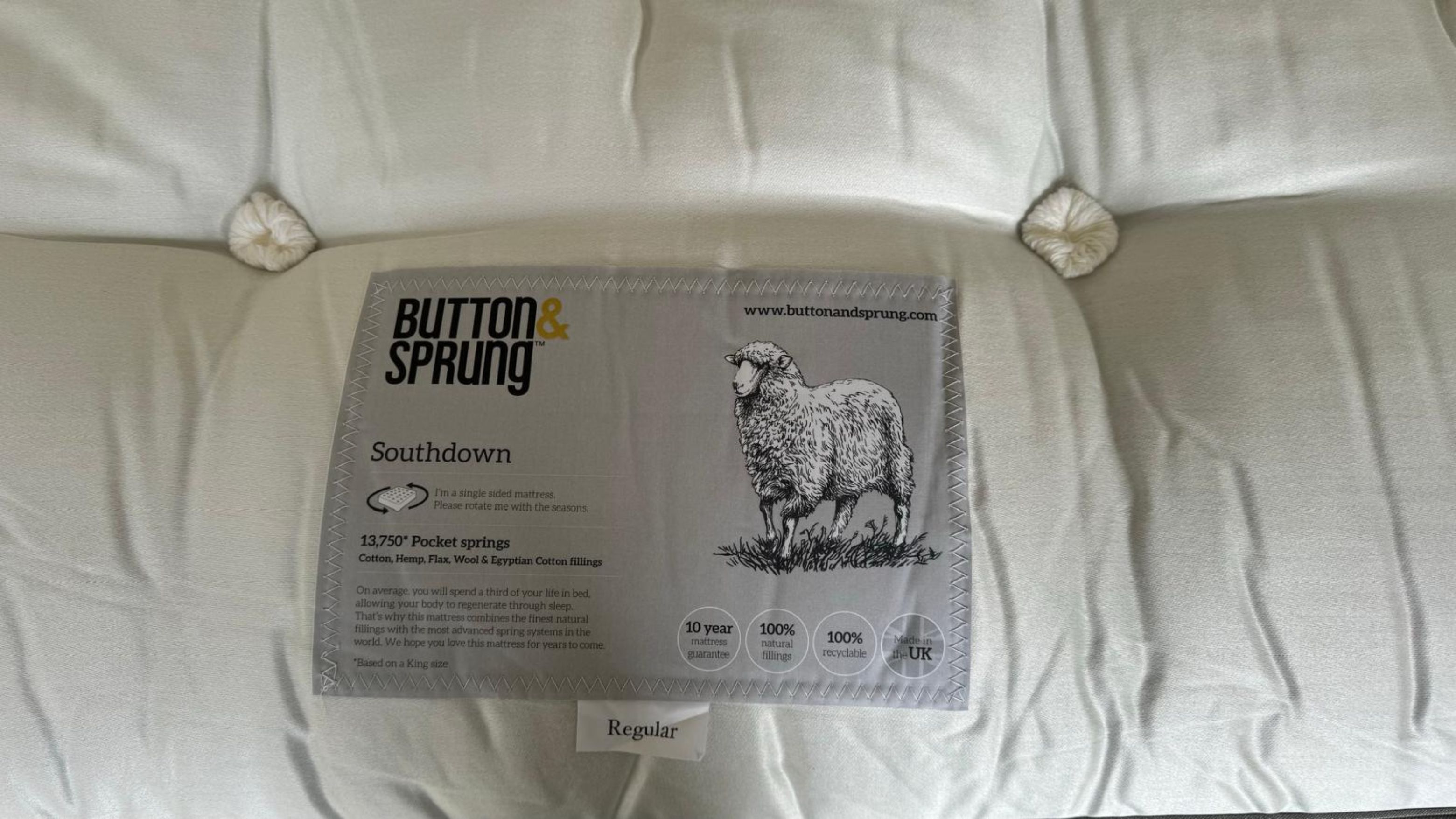
Whilst talking about foam, Adam Black was keen to emphasise the importance of natural mattresses. Since leaving the EU, lots of mattress brands can put chemicals in their mattresses that are known carcinogens. Given that you spend one-third of your life sleeping, I'd imagine that you don't want to be doing so around carcinogens.
And on that note, you should think about the 'off-gassing' that comes with foam mattresses. We haven't done enough research into this area, but those chemical smells can't be good for you, in a sealed room, hanging in the air.
If you go for natural, recyclable materials, these will be better for your skin, for your body, and for the planet.
8. Ignore your partner's needs

Unless you get a whole bed to yourself (the life that some people live), there will be two people in the bed. It's highly likely that you'll be different weights, and sleep in different positions, at different temperatures, with different movements. The motion isolation will be important to help prevent you and your partner from waking each other up, but if you need different firmnesses, it's possible that your mattress can cater to both needs.
There are plenty of zip-lock beds that can connect two completely different mattresses together completely seamlessly. I've tested out Naturalmat's zip-and-link bed with my partner and it was a true game changer.
9. Think a topper can change or solve your mattress
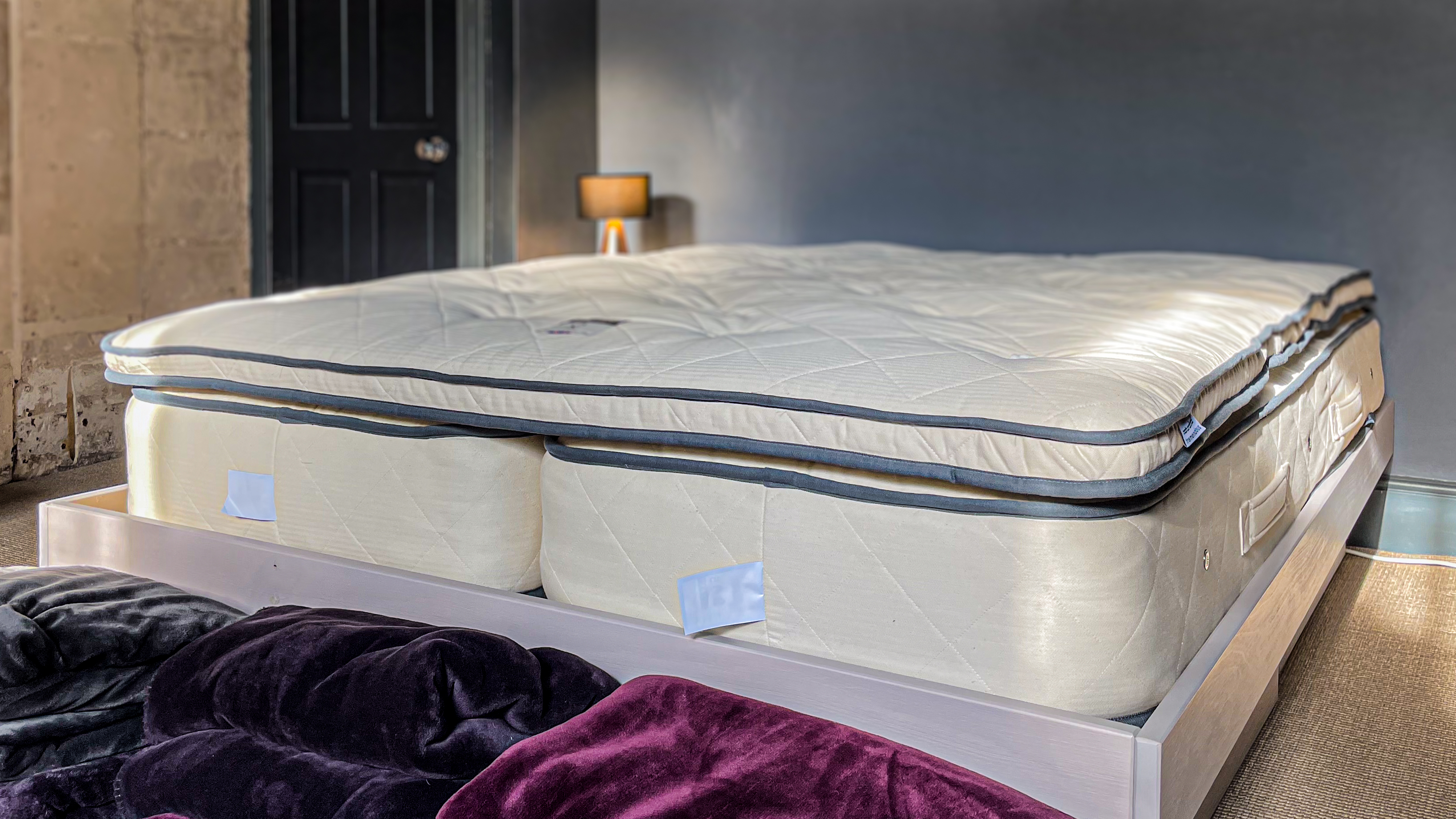
The best mattress toppers are great for enhancing the natural qualities of your bed or softening it a little, but they can't revive an old one. If your mattress has had ten years of life, buy a new one and then think about investing in a topper that suits your sleep style. These need as much research as mattresses and they can be just as technical, but here are three of my favourites.
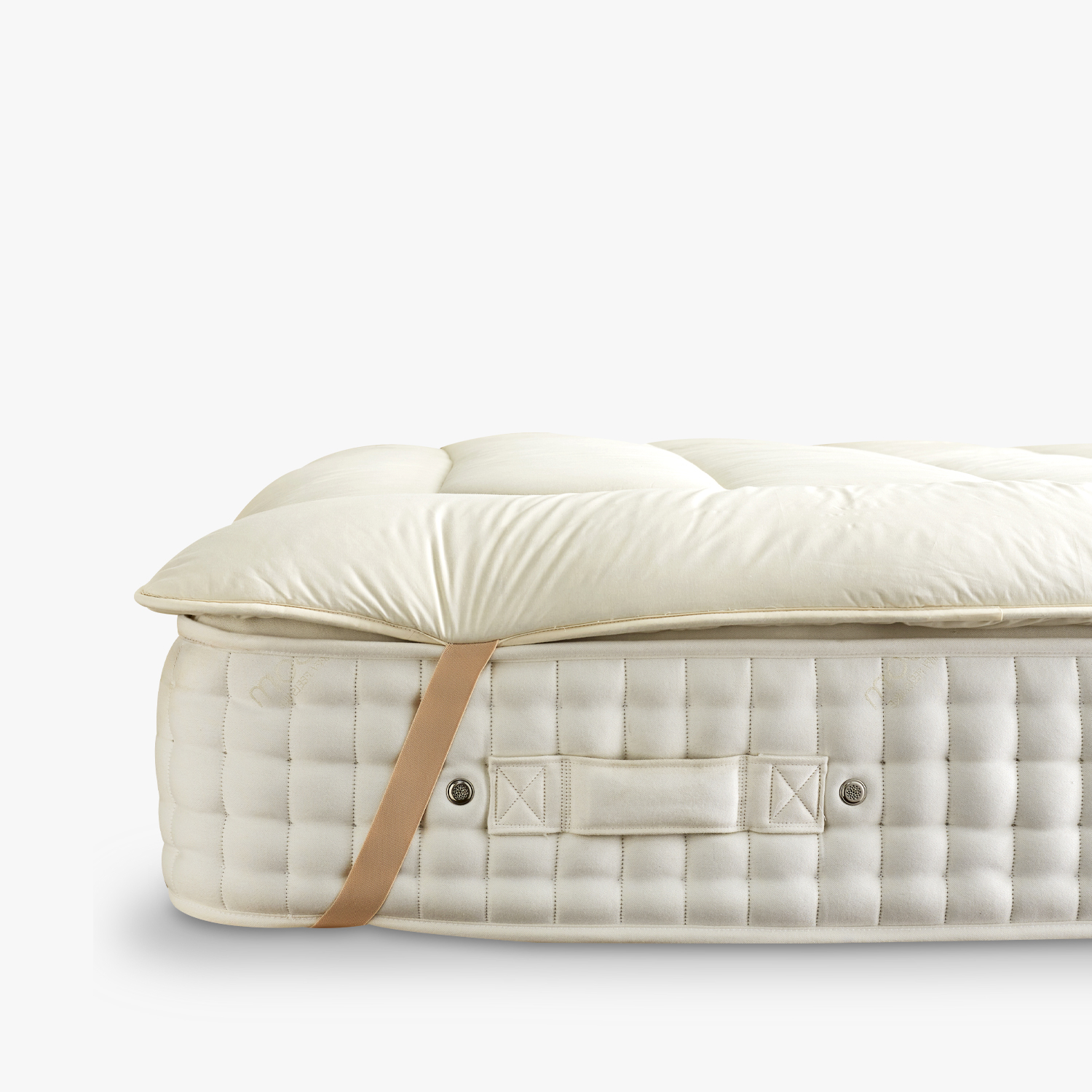
If you tend to sleep on the hot side, adding this wool-filled topper to your bed can make the difference between waking up sweaty and waking up a little warm. It's supportive and comfortable, suitable for a range of sleepers and it comes with an all-organic, Chatsworth-based wool filling. It's a truly luxurious option.
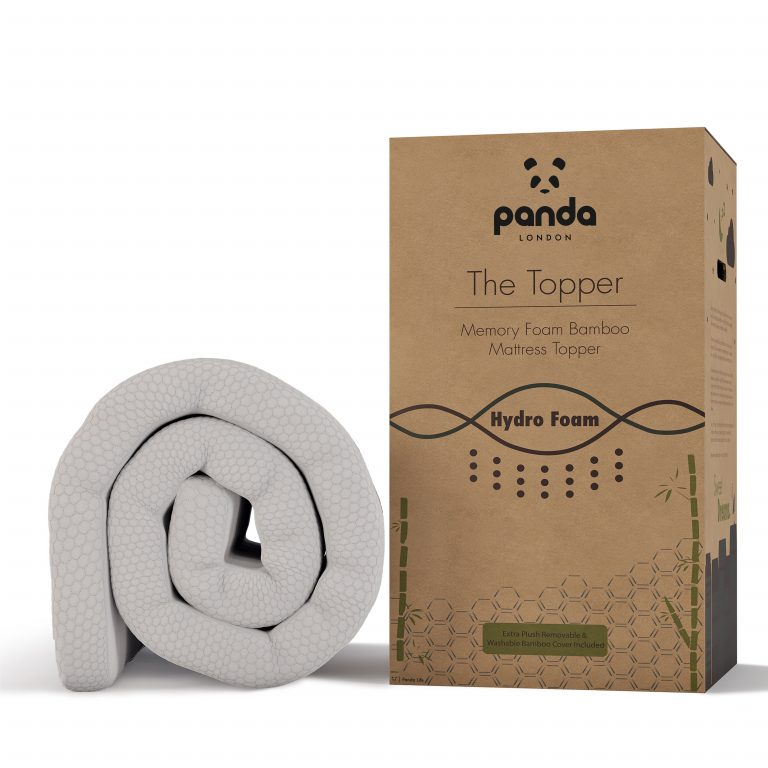
If you need some pressure relief, this bamboo, budget-friendly foam topper will add some extra softness to your bed. I find that I'm sleeping a lot hotter when this is on the bed, so hot sleepers should add it with caution. If that's not you, this is a great option.

This smart topper is more than just an extra layer on your bed. It will warm, cool, and adjust the conditions of your bed to keep you in a deeper sleep for longer. You'll get feedback on all your health metrics too. This is the only solution for serious night sweats, but it comes at a price.
10. Stop at a 10 year warranty
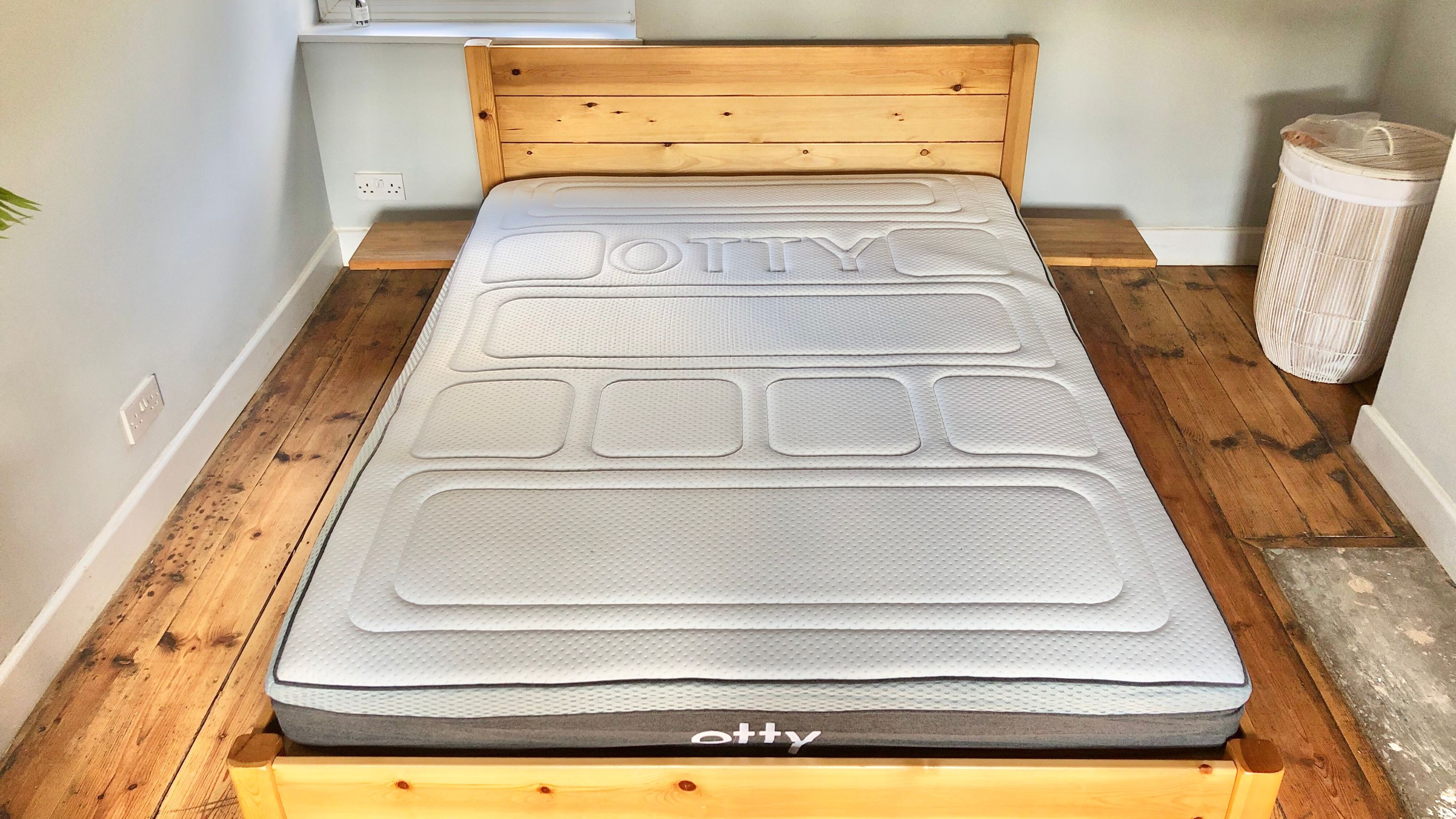
You should be changing your mattress after ten years, so paying more for a lifetime warranty is a simple waste of money. Make sure that your warranty covers ten years, but any more is a bit of a waste.
Some people need a new mattress after six years, so it's worth making sure that you look after yours and keep it in good condition. To do this, make sure to use a good mattress topper and a mattress protector, and that you know how to clean your mattress (which you'll need to do every six months). This will help to ensure that it stays clean and hygienic. It might not be glamorous, but it's smart.
In an ideal world, you'll clean your mattress every six months, whether you choose to clean your mattress with baking soda or follow our tips for avoiding bed mites and bugs.
11. Not think about your accessories
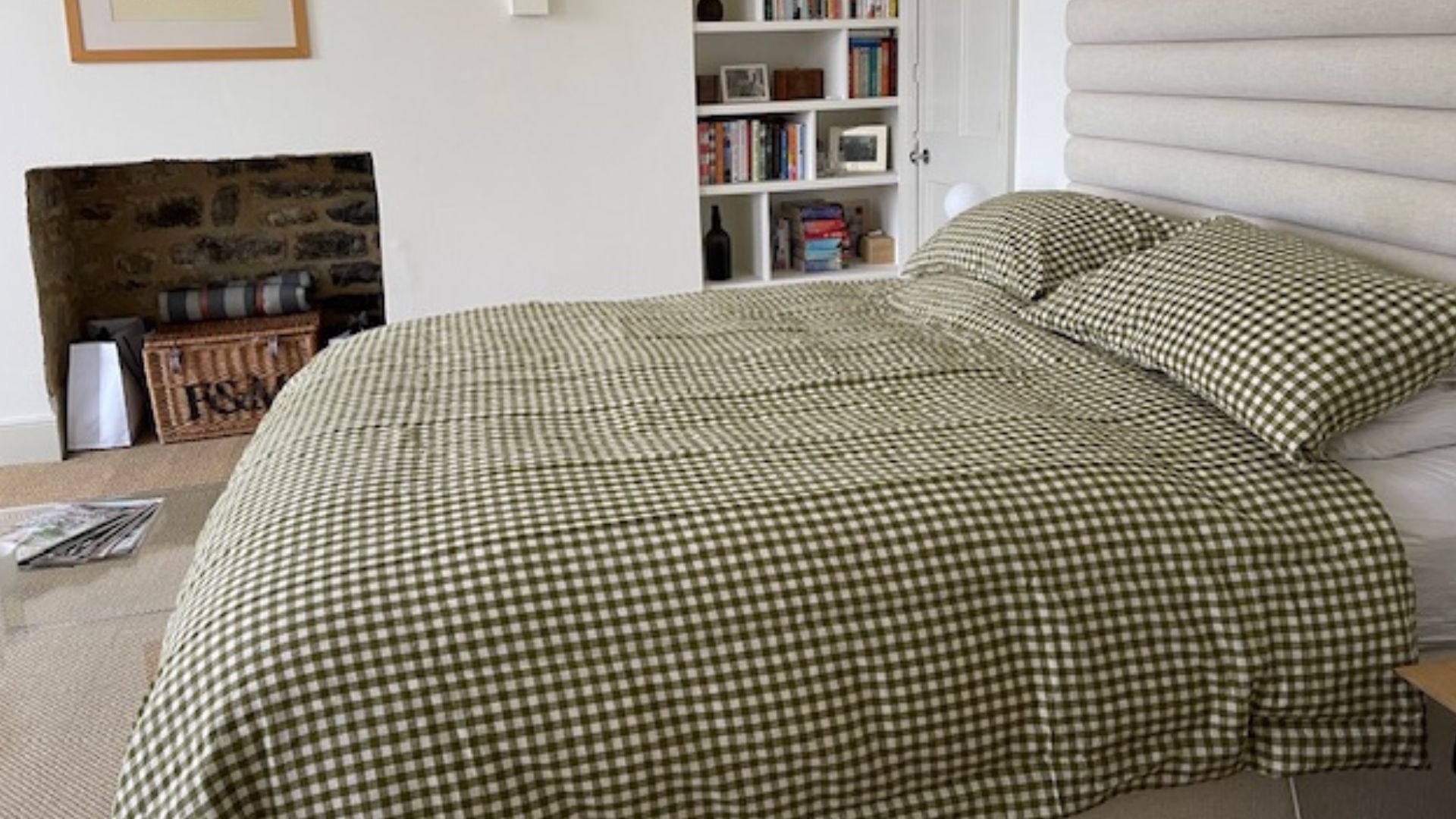
Your sleep set-up is determined by the sum of its parts and no mattress works solo. You'll want to think about your topper, bed sheet, duvet, and pillows to get the perfect snooze. This will be largely determined by your sleep style and body temperature. For example, I am a hot, front sleeper, so I need a thin pillow and ultra-breathable natural sheets, such as linen.
Emily Tyrie, the pillow expert at Secret Linen Store, told me "People's pillows can be the difference between back, neck, and shoulder pain, as much as they can make for a good night of sleep. Some people like a firm, fluffy duck feather pillow, some want down (you can also buy vegan-friendly Good as Goose faux down), whilst others need a simple, thin pillow. This will be determined by the position that you sleep in. We always want to keep your spine, hips, shoulders, and neck in total alignment, so that's what your pillow is playing a key role in."

Emily has been at Secret Linen Store for four years, learning everything there is to know about the materials that help you to sleep best. She's a fountain of knowledge when it comes to pillows, tensions, and fabrics.
"Your sheets are also really something special," adds Molly Freshwater, founder of Secret Linen Store. "They don't just affect how cosy your bed looks - even though that's an influencing factor - they'll be responsible for moisture-wicking and breathability. Opting for natural fibres such as linen or cotton will ensure your sheets keep you cool and only do kind things to your skin."
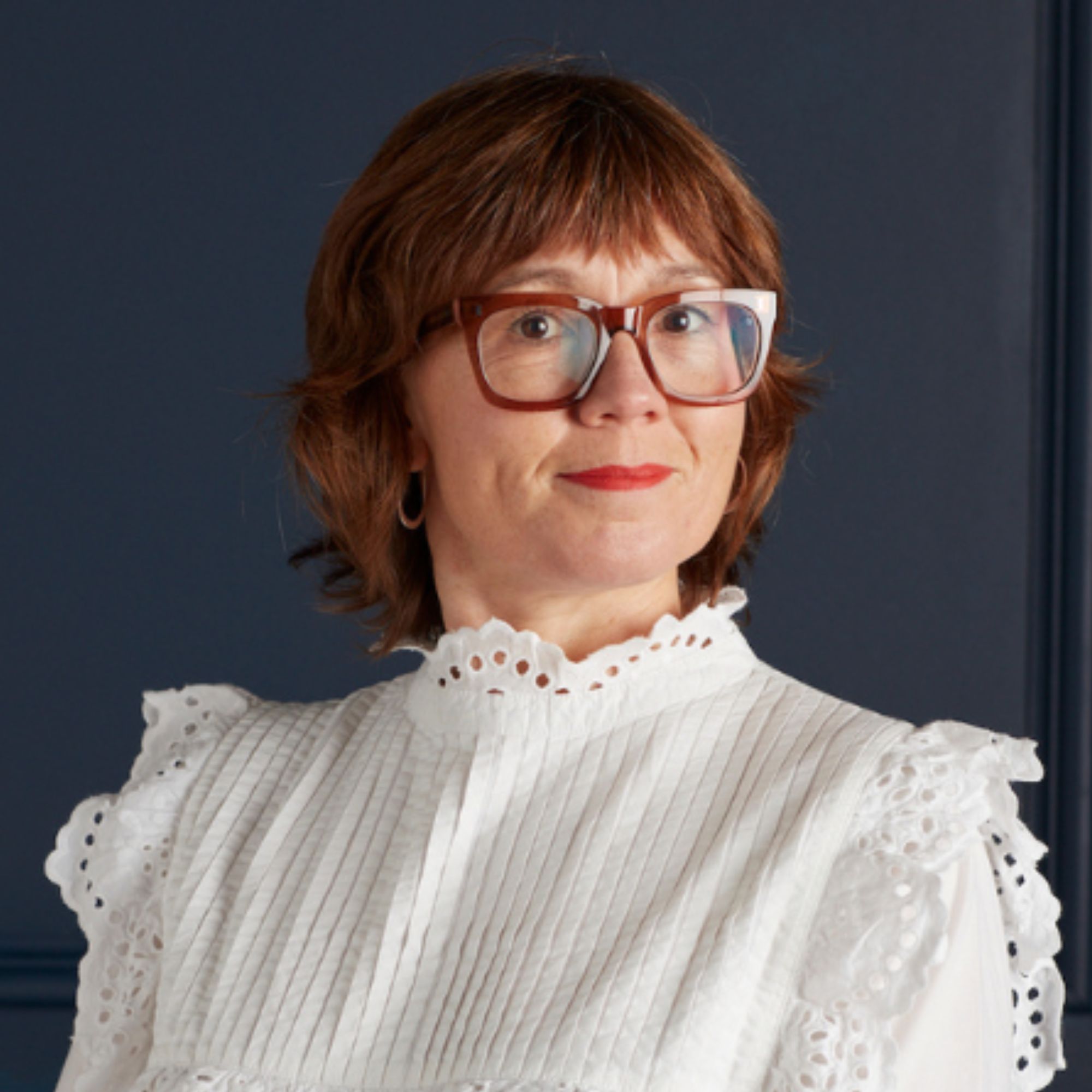
Molly founded Secret Linen Store 11 years ago and has been working in the textiles industry for over 20 years. She is a fountain of knowledge about all the materials that you should sleep on and has some fabulous facts and insights into linen and cotton bedsheets.
12. Fail to recycle your old mattress

"Six million mattresses went to landfill in the UK last year," says Adam from Button & Spung, "that's a pretty horrifying number. It's hard to safely dispose of and recycle foam mattresses, but everything else, especially natural mattresses can be recycled or even reused.
"At Button & Sprung, if your old mattress is a natural one, like ours, we will take it from you and break it down. This is a tricky and technical process because they're not exactly designed to be disassembled, but we do it. Then, we will repurpose as much of the mattress as we can to make new beds. What we can't use, we'll recycle."
You might not feel the immediate repercussions of not properly disposing of a mattress, but the generations after will. It's always good to think about how you're getting rid of your old model.
FAQs
What can I do to make my mattress last longer?
There are some simple ways that you cam make your mattress last longer, most of which revolve around hygiene. If you have a good protector, cleaning routine, and some good sheets, your mattress will stay clean and in tip-top condition for a lot longer. You can also protect it against extra wear by using a topper and keeping pets off the bed. I don't think I'm telling you anything that you won't intuitively know, but it's always good to be informed.
Is it normal to be uncomfortable on a new mattress?
It is really normal to feel a little uncomfortable on your brand new mattress. Experts call this the 'transition period' in which you need to break in your mattress. For some people, this can last up to 90 days, which isn't ideal, but there are ways that you can make life easier for yourself. I would recommend investing in a topper and making sure that you have the right pillow for your sleep style. These will help to keep your spine aligned with your hips and shoulders, which is generally what will determine whether you are comfortable, or not.
How do I know when I need a new mattress?
Experts recommend changing a good-quality mattress every ten years, this is from a perspective of support, hygiene, and quality. You might be able to tell with some physical indicators:
- If you wake up sore, your mattress probably isn't offering you the support that you need.
- If you find your mattress is getting noisy, it's likely that the old springs have sprung.
- Visible damage such as sagging, staining, and lumpiness suggest that all isn't right in your mattress any more.
- If allergies are flaring up, it could be that your mattress needs a clean or that the materials have gotten a little old and damaged.
How do I know if my mattress is good?
Lots of people over complicate this question, but my answer is always 'how well do you sleep?'. If you find that you're getting deep, restful, comfortable sleep, then your mattress is good. A bad mattress might make you feel uncomfortable, or it could even cause allergy flare-ups. Keep an eye on this, because it could be a sign that you need a new mattress.

Laura is woman&home's eCommerce editor, in charge of testing, reviewing and creating buying guides for the Homes section, so you'll usually see her testing everything from the best dehumidifiers to sizing up the latest Le Cruset pot. Previously, she was eCommerce editor at Homes & Gardens magazine, where she specialised in covering coffee and product content, looking for pieces tailored for timelessness. The secret to her heart is both simplicity and quality. She is also a qualified Master Perfumer and holds an English degree from Oxford University. Her first editorial job was as Fashion writer for The White Company.
-
 The Handmaid's Tale: Does June get Hannah back at the end of season 6?
The Handmaid's Tale: Does June get Hannah back at the end of season 6?It's been June's endgame from the very first moments of The Handmaid's Tale, but will she be reunited with her daughter Hannah at the end of season 6?
By Lucy Wigley
-
 My decades-long quest for the perfect pillow ends here, but forget what you think you know about memory foam
My decades-long quest for the perfect pillow ends here, but forget what you think you know about memory foamPacked full of tiny pieces of shredded memory foam with a dual-sided cover to keep you cool, this is the next best thing to sleeping on a cloud
By Heidi Scrimgeour